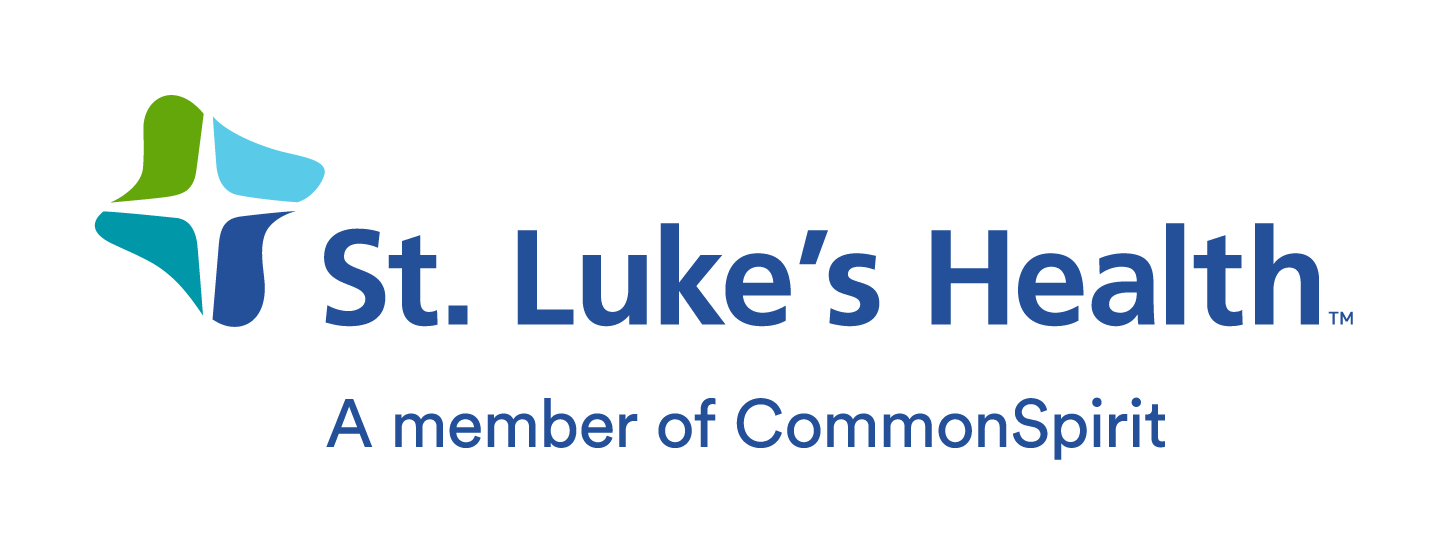When a stroke happens, you probably know that immediate care is needed to save someone’s life. Did you also know that where you get stroke care matters too? Several factors—such as the time a person exhibits symptoms to the time they get care—can determine a person’s outcome after having a stroke. But the level of care a person receives also shapes their future and can be the difference between regaining independence and living with permanent disability. That’s where a comprehensive stroke center plays a significant role.
“Patients admitted to comprehensive stroke centers have better outcomes than those who go to a non-certified stroke center,” said Hormozd Bozorgchami, MD, interventional neurologist and Medical Director of Stroke at St. Luke’s Health - The Woodlands Hospital. “They're more likely to survive a stroke and be functionally independent after their stroke if they are admitted to a comprehensive stroke center.”
The Highest Level of Stroke Care
The Comprehensive Stroke Centers at The Woodlands Hospital and Baylor St. Luke’s Medical Center are accredited by DNV, an independent global accrediting agency. Comprehensive Stroke Center Certification is the highest level of certification awarded by DNV.
According to DNV, hospitals with Comprehensive Stroke Center Certification provide the highest level of care for complex stroke cases, using evidence-based treatments and advanced research protocols. These centers have the expertise and technology to manage ischemic strokes (caused by a blocked blood vessel) and hemorrhagic strokes (caused by a burst blood vessel), but they also can diagnose, treat and support a wide range of other stroke emergencies.
Additionally, Comprehensive Stroke Centers serve as regional resource hubs, offering consultation, specialized services and educational support for other medical facilities.
Around-the-clock Care
The ability to offer a full range of treatment options at any time of the day is another key differentiator of a comprehensive stroke center.
“Comprehensive stroke centers need to offer advanced diagnostics and treatments, whether it’s two in the morning or during normal business hours,” Dr. Bozorgchami said. “That’s really important because a lot of stroke patients come in outside of normal business hours, and we have to be able to rapidly assess them for stroke and take them to the catheterization lab for thrombectomy or removal of the blood clot, which is what comprehensive stroke centers can do.”
Expert, Specialized Teams
Comprehensive stroke centers must also staff a specialized and experienced team, including neurologists, neurosurgeons, a catheterization team, radiology technologists and specially trained nurses, among other staff dedicated to stroke care.
This wide range of expertise ensures that patients receive coordinated and comprehensive care from the moment they arrive at the stroke center.
Post-Treatment Rehabilitation
Beyond immediate stroke treatment, our facilities are committed to rehabilitation after a stroke. Recognizing that recovery extends beyond treatment in the hospital, the center provides access to specialized rehabilitation services, including physical, occupational and speech therapy, to help discharged stroke patients regain strength and reintegrate into their lives.
Stroke Signs Everyone Should Know
Getting the proper stroke treatment also begins with recognizing the signs. To help you more easily identify someone having a stroke, try to remember BE FAST. This acronym stands for:
- B - balance and coordination
- E - eyes, such as blurred or double vision or vision loss
- F - face drooping
- A - arm weakness
- S - speech difficulty, such as slurred speech
- T - time to call 911
If you observe any of these signs, it’s crucial to call emergency services, even if the signs go away.
Dr. Bozorgchami recommends calling 911 rather than driving a family member or potential stroke victim to the emergency room, as emergency responders often provide quicker treatment.
What You Can Do to Lower Your Risk
When it comes to lowering your risk for stroke, Dr. Bozorgchami says there are three key things you can do, starting with checking your blood pressure regularly.
“Hypertension is the biggest untreated stroke risk factor,” he said. “If your blood pressure is not around 120 over 80, you should be seeing a doctor to get that treated.”
Hypertension, or high blood pressure, occurs when your blood pressure is consistently elevated.
Secondly, he recommends quitting smoking, which significantly increases your risk of stroke in several ways. Smoking makes your blood more prone to forming dangerous clots that can lead to blockages in the brain. Chemicals in tobacco smoke can damage the lining of your blood vessels and increase the build-up of plaque (fatty substances, cholesterol, calcium and other substances) in the arteries. Even further, nicotine can increase your heart rate and blood pressure. All these factors increase the likelihood of developing a stroke.
Dr. Bozorgchami also recommends tapping into technology to lower your stroke risk.
“If you have an Apple watch or a smart watch with heart rhythm detection, set it up to check for atrial fibrillation, which can come and go without people realizing it,” he advised.
Atrial fibrillation refers to a type of irregular heartbeat and is a risk factor for developing a stroke.
Strokes are life-altering events that can drastically change the trajectory of someone's life. But by making lifestyle changes, knowing the signs and getting the right care, we can all help lessen the impact of this serious health problem.
Learn more about stroke care at St. Luke’s Health.




